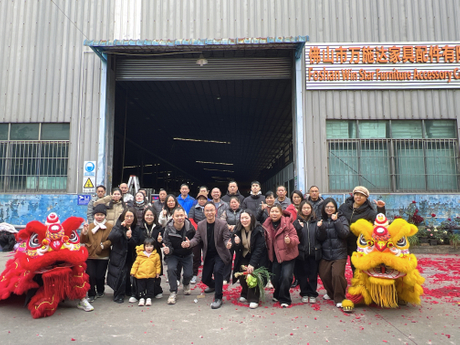



| Product name | modern metal sofa legs |
| Model | ZD-N411 |
| Height Size | 150mm |
| Material | iron |
| Color | black with gold ball |
The influence of the load-bearing capacity and stability of metal sofa legs on the service life of the sofa
Insufficient load-bearing capacity accelerates the damage of sofa components
When the load-bearing capacity of the metal sofa legs fails to meet the actual usage requirements, the various components of the sofa will bear additional pressure, accelerating the damage process. As the main supporting body, if the sofa frame is in an overloaded state for a long time, the wood may crack and deform, and the metal frame may cause the weld points to loosen and the pipes to bend due to stress concentration.
For instance, when using slender metal feet with relatively weak load-bearing capacity to support a large multi-person sofa, the sofa frame will gradually twist under heavy pressure. The mortise and tenon structure or screw interfaces at the connection points will loosen due to uneven force distribution, affecting the overall structural stability of the sofa.




The filling material of the sofa will also be affected. When sponges, down and other fillers are subjected to long-term excessive compression, their elasticity will rapidly decline, resulting in collapse and caking, and losing their original comfortable supporting performance. At the same time, the fabric of the sofa will also be pulled due to the deformation of the frame and filling materials, resulting in wrinkles and damage on the surface, which shortens the aesthetic and practical life of the sofa.


Poor stability leads to the loosening of the sofa structure
Poor stability of metal sofa legs can cause the sofa to shake or shift frequently during use. This unstable state can cause continuous damage to the sofa structure. The connection points between the various components of the sofa, such as the connection between the frame and the backrest, the armrests, and the fixed points between the seat cushion and the frame, will gradually loosen during repeated shaking. Screws may gradually loosen due to vibration, and the mortise and tenon structure of the wooden frame will also wear out due to continuous friction. The originally tight connection will no longer be firm.










































